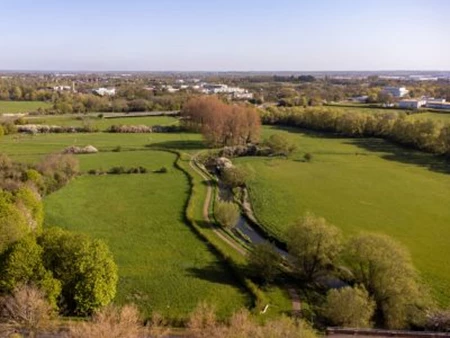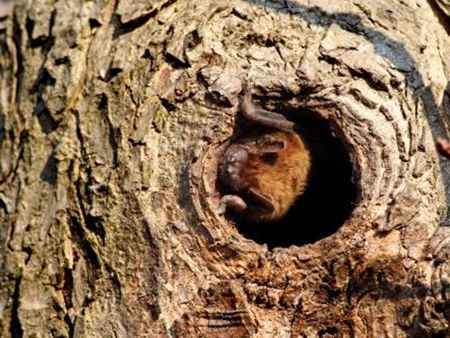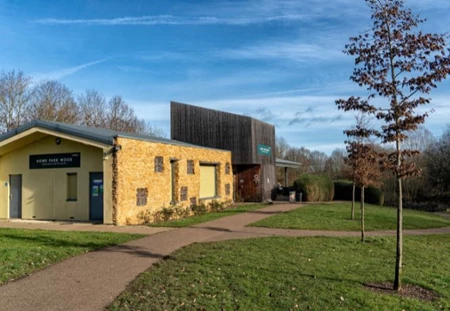Landscaping Challenges
Within this section, you will find information about common issues and areas of interest that are Operations team are working with and alongside.
To provide you with the best experience, cookies are used on this site. Find out more here.
We host around 500 events and activities across Milton Keynes' green space every year, check out our calendar to find out what's on in the parks.
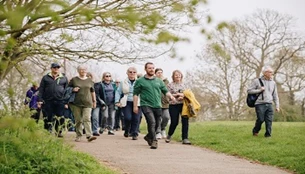
Explore this section to discover the different activities you can enjoy across the parks including walking, running and cycling.
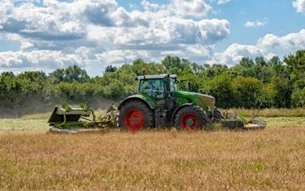
Find out how our charity cares for the city's parks and green space to ensure they will be loved by the people of Milton Keynes forever.
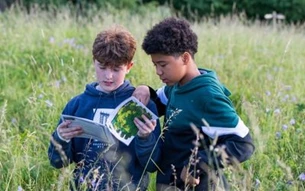
Every year we help around 6,000 people to learn about their local environment through outdoor learning sessions.
Within this section, you will find information about common issues and areas of interest that are Operations team are working with and alongside.
Owning and being responsible for over 6,000 acres of parks, lakes and landscapes across Milton Keynes, the Parks Trust are currently facing some serious challenges from Ash Die Back which is the fungal disease killing Ash trees.
read moreThe Horse Chestnut is a much-loved tree that shows a lovely white blossom in the spring and then as summer moves into autumn produces the much-fabled conker and associated happy childhood memories of collecting the conkers and then launching them into battle. Contrary to general belief the Horse Chestnut (Aesculus Hippocastanum) is not native to the UK.
read moreThis type of bacteria is always present in water bodies in low quantities but only becomes problematic when it blooms and clumps together in large areas producing toxins hazardous to people and animals.
read more